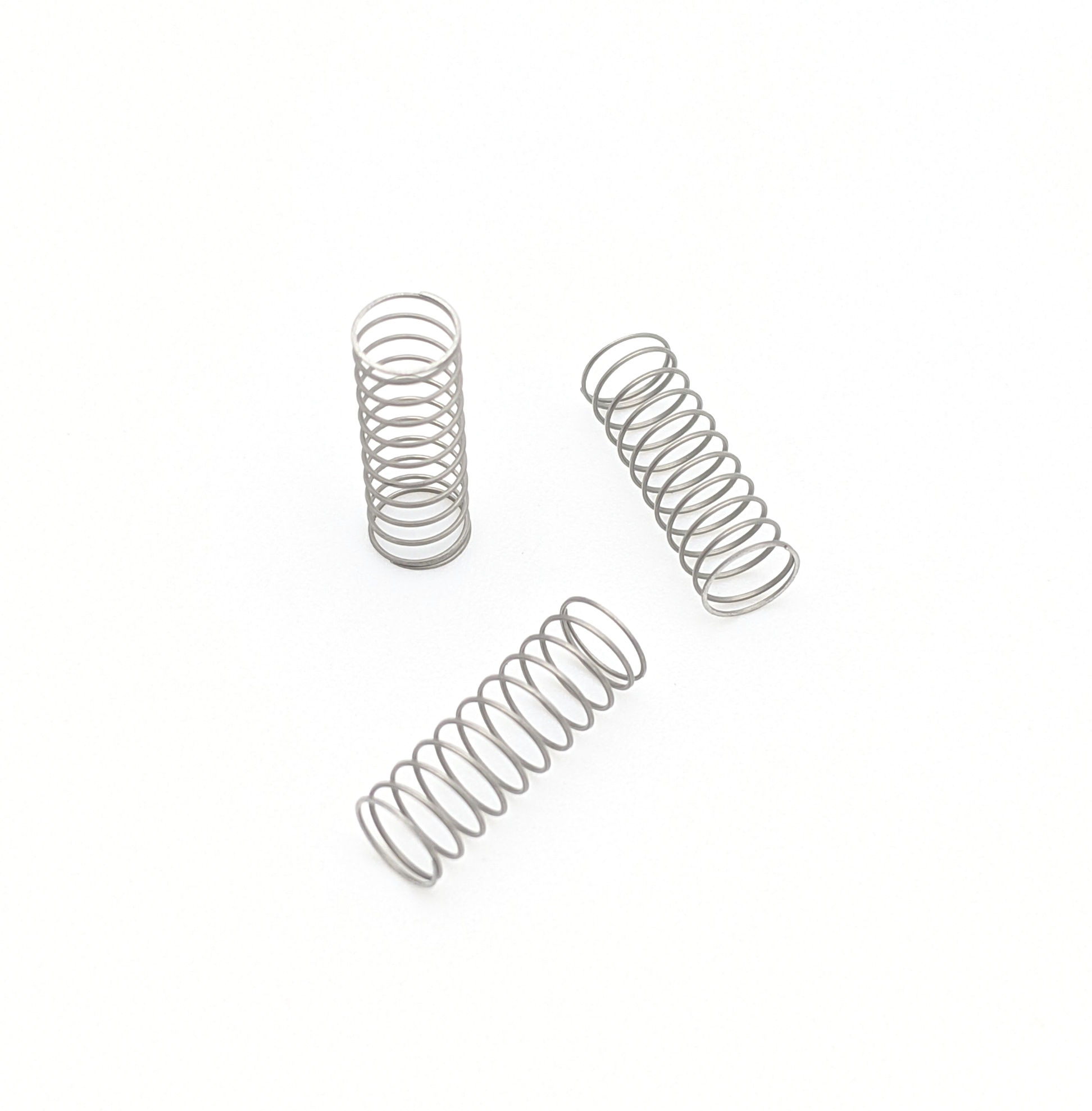Get unique, complex parts easily. No matter your requirements, Chaoyi Spring creates hard-to-produce coil springs and wire forms.
Let us help you create the custom wire form you need, from S-hooks and J-hooks to utility hooks and more.
We work closely with customers across a wide range of industries, helping them design and manufacture made-to-order parts.
Why choose Chaoyi Spring? We prioritize customer-focused collaboration, modern equipment and the latest technology to make your parts per print.
Find the information and guidance you need, from measuring a spring to learning about materials, placing an order and much more.
Linear wave springs, also known as wave springs or stacked wave springs, are a specialized type of spring that offers distinct advantages over traditional coil springs. Unlike their helical counterparts,


Linear wave springs, also known as wave springs or stacked wave springs, are a specialized type of spring that offers distinct advantages over traditional coil springs. Unlike their helical counterparts, linear wave springs are composed of a series of interlocked, wave-shaped metal strips, creating a compact and highly efficient spring system. These springs exhibit a unique combination of high load capacity, exceptional fatigue resistance, and a linear force-deflection characteristic, making them ideal for a wide range of applications. In this comprehensive guide, we will delve into the intricacies of linear wave springs, exploring their design, advantages, applications, and limitations.

Linear wave springs are fundamentally different from conventional coil springs. Instead of a coiled wire, they consist of a series of wave-shaped metal strips that are stacked and interlocked. Each wave element is precisely designed to create a specific force-deflection characteristic. When compressed, the waves deform and stack together, storing potential energy. The spring's load capacity is determined by the thickness and material of the wave elements, as well as the number of waves stacked together.
The unique design of linear wave springs offers several advantages over conventional coil springs, making them a preferred choice in various applications. Let's explore these advantages in detail.
Linear wave springs stand out due to their exceptional performance characteristics. Here are some key advantages they offer:
The combination of these advantages makes linear wave springs ideal for a wide variety of applications, ranging from automotive and aerospace to medical and industrial sectors.
Linear wave springs find their way into diverse industries and applications due to their unique characteristics. Here are some notable examples:
While linear wave springs offer many advantages, it's important to consider their limitations as well:
Linear wave springs have emerged as a valuable and versatile spring design, offering significant advantages over traditional coil springs. Their high load capacity, linear force-deflection characteristic, exceptional fatigue resistance, compact size, and material versatility make them ideal for a wide range of applications. As the demand for compact, lightweight, and reliable springs continues to grow, linear wave springs are expected to play an increasingly vital role in various industries. While their cost and complexity may be factors to consider, their performance and advantages often outweigh these limitations, positioning them as a promising spring technology for the future.
In conclusion, linear wave springs have revolutionized spring design by offering a compelling combination of high load capacity, linear force-deflection, exceptional fatigue resistance, and compact size. These springs have found their niche in diverse industries, from automotive and aerospace to medical and industrial sectors. While cost and complexity may be limitations, the advantages of linear wave springs make them a compelling choice for demanding applications. As technological advancements continue, we can anticipate further developments in linear wave spring technology, opening up even more exciting possibilities for their use.
Browse some of the custom wire forms and springs that we manufacture. Don’t see what you need? We specialize in made-to-order products that meet your application requirements.
Visit Our GalleryNeed a custom wire form or coil spring? We make it work. Fill out the contact form and a representative will respond within 1 business day. If you have a PDF or CAD file, you can submit to request a quote.